The number of patients with osteochondrosis increases every year, and the age of the disease is not high - decades ago - this problem mainly involves older people, but now it usually makes oneself feel like one, even for those who don't even have one of the 30 most common forms.One of its most common forms is lumbar osteochondrosis, which has the largest load every day, and the debris can be used as second-hand veins.Apart from the pain that continues to interfere with normal life, osteochondrosis’s lack of timely medical care is full of serious complications, which means it is very important to identify its first sign in time and start fighting it.
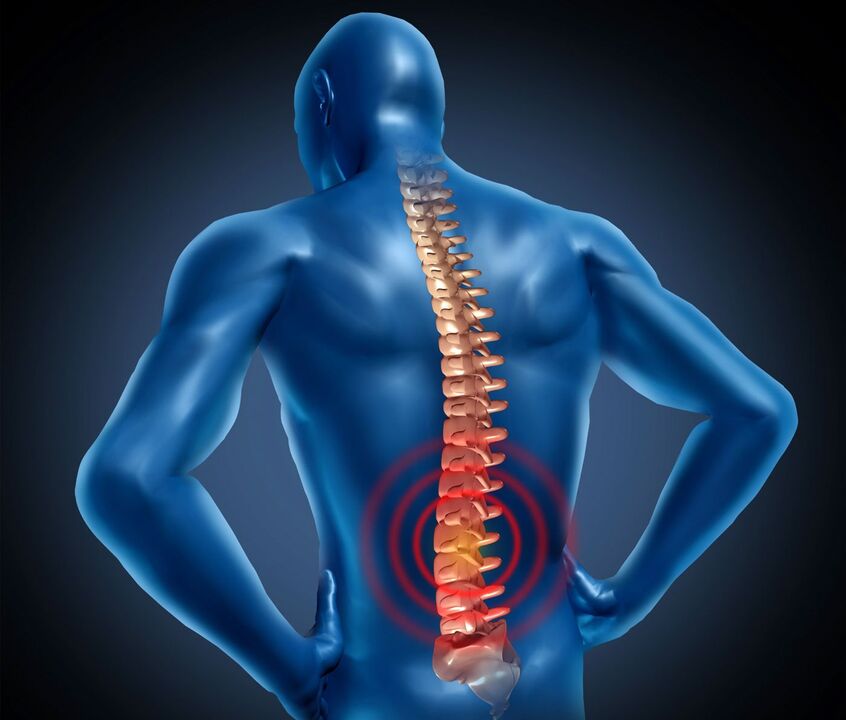
Where does osteochondrosis come from
This question is far from simple, because there are actually many factors that can cause this disease.It can be both a physiological characteristic of the body, an unhealthy lifestyle, diet or even a genetic program.In general, one of the main causes of osteochondrosis in the lumbar area is distinguishable:
- Incorrect distribution of load on the spine (incorrect posture, quality mattress or office chair, etc.);
- A sedentary lifestyle;
- Frequent stress;
- Unhealthy habits;
- A meager diet leads to a deficiency of essential vitamins and trace elements;
- Low temperature;
- Pathology of musculoskeletal system structure, for example, curvature of spine, flat feet, etc.;
- overweight;
- Invasion of metabolism;
- Spine injury;
- metastasized infectious diseases;
- The chronic inflammatory process is mainly related to joint diseases;
- Genetic tendency.
The risk team also includes people whose professional activities are associated with significant burdens, such as athletes, and people who have to be in the same posture for a long time: teachers, office staff, drivers, drivers, waiters, hairdressers, etc.
In addition, osteochondrosis is often the result of other diseases, such as liver or gastrointestinal diseases (about 30% of patients), inflammation of the heart and ovarian inflammation in males and inflammation of prostatitis in males.In this case, existing pathology can cause muscle and vasospasm, which can lead to changes in oxygen starvation and malnutrition.Therefore, the fabric that forms vertebrae and intervertebral discs is gradually destroyed - the osteocartilage in the waist area becomes.
Symptoms of the disease
What signs can be identified in the osteocartilage of the lumbar spine, which is realistic until the disease gains motivation until the disease gains motivation?Unfortunately, in the early stages, the disease is almost asymptomatic in many cases, and the mild back discomfort caused from time to time is normal fatigue.This is its main danger – while osteochondrosis can still be dealt with without consequences, it is difficult to detect, and it is much more difficult to reduce the pathological process when the problem becomes obvious.
The most important sign of this pathology is severe lower back pain, which is often spread throughout the back, hips, and legs.In the first stage, it is mainly sore or pulling, and only occurs after physical fatigue or sudden exercise.As time goes by, when the patient does not feel pain and discomfort, the relative rest period becomes shorter, and the lower back gradually becomes unpleasant, becoming his permanent companion.Additionally, when the pain becomes severe and sharp, even the most insignificant load can cause attack, and it can also cause attack when you cough or sneeze.
There are other signs of lumbar chondropathy:
- The stiffness of the movement;
- Leg sensitivity and tingling are reduced;
- Violation of sweating;
- Muscle weakness;
- Dry and peeling skin.
In the final stage, urination and bowel movements can be difficult due to clamping of the spinal cord, and male patients suffer from erectile dysfunction.
Severity of lumbar bone osteochondral disease
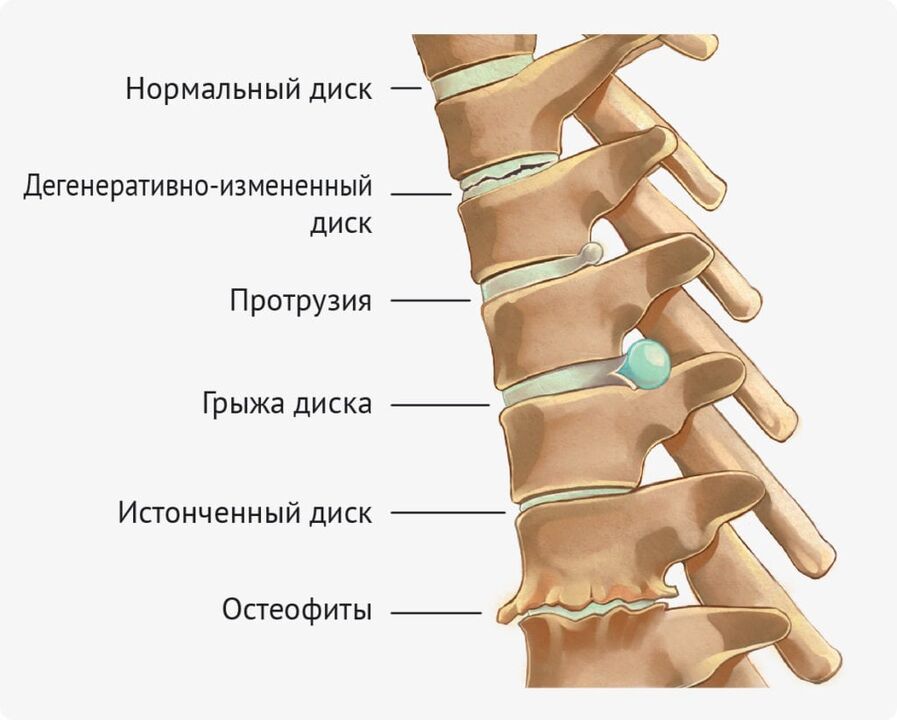
In total, the main four main stages of disease development are distinguished.For 1, deformation of the intervertebral disc is weakly expressed - these are small cracks inside the annulus, causing unpleasant sensations.Level 1 osteochondrosis is characterized by paroxysmal pain that occurs only during rapid exercise and weightlifting.We are talking about cashews, that is, the asshole on the lower back is trying to change the position of the body’s uncomfortable position.In addition, during stage 1 of the disease, patients often suffer from muscle cramps and swelling.
The second degree of lumbar osteochondrosis begins with low back pain – pain and discomfort and occurs regularly, and to improve the good condition, it is no longer enough to lie down a little and relax.The process of annulus destruction continues, and the vertebrae itself gains unhealthy mobility - the distance between them is reduced, and the nerve ends are pinched.As a result, the patient's pain and heat and cold substitution sensations increased, and the skin's sweating and numbness increased.
The third stage of osteochondrosis is the period when vertebral hernia is formed.The fibrous annulus breaks, the contents of the nucleus, pushing the blood vessels and nerve roots to fall.At the same time, the patient was tortured by acute pain and had little rest.Regularly in affected areas, the sensitivity decreases or disappears completely, in other cases, it will increase painfully and accompany the sensation of stinging and burning.At this stage of osteochondrosis, even non-professionals can notice deformation of the spine - patients develop the curvature of the spine based on the type of spine, serpentine science, or scoliosis.
The fourth degree of the disease is the most severe - the spine is very deformed, the patient is in constant pain, and any exercise becomes a real problem.This is because the discs almost completely destroy the vertebrae, so the vertebrae are convergent and even contact each other.In this case, squeezing the spinal cord may cause lower limb paralysis.If you don’t start treatment on time and enter the fourth stage, osteochondrosis can make a person feel disabled throughout his life.
Diagnosis of osteochondrosis
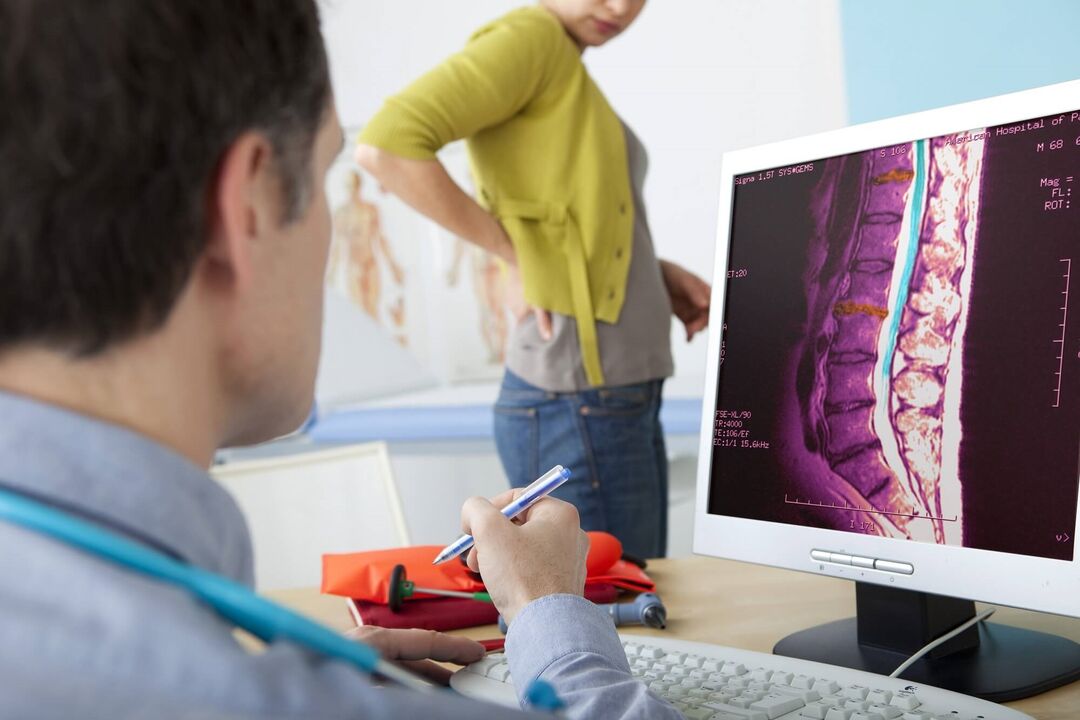
Due to lower back pain, most patients first seek advice from the therapist and send it to a neurologist if there are appropriate symptoms.In turn, he conducted examinations, collected anatomy, and prescribed hardware studies to make accurate diagnosis and determine the degree of neglect of the disease.
During the collection of anatomy, the primary task of the expert is to identify the nature of unpleasant feelings, its localization, intensity and duration, and to also understand the frequency of the aggravation of the disease, usually what, usually, is expected at these frequencies, what measures bring relief to the patient.In addition, it is important to diagnose the patient's lifestyle, usual diet, characteristics of professional activities, injuries and existing diseases (including hereditary diseases).
This test allows you to evaluate the patient's motility (position, gait, movement volume), tone and muscle spasm, and determine the sensitivity level of the affected area.
However, you can only get the full picture with the help of hardware research: X-ray, CT and MRI.X-rays allow you to see violations of spinal structure, evaluate the condition of the disc, and promptly confirm the tendency to reduce the lumen between the vertebrae.In this case, computed tomography is more informative – it can literally look inside the spine and study existing pathology.MRI in turn provides detailed information on the status of the spinal cord, nerve ends, muscles and blood vessels, which is not only important to diagnose the diagnosis of "root chondrotal oscillation", but also to determine the extent of neglected disease.
Treatment method
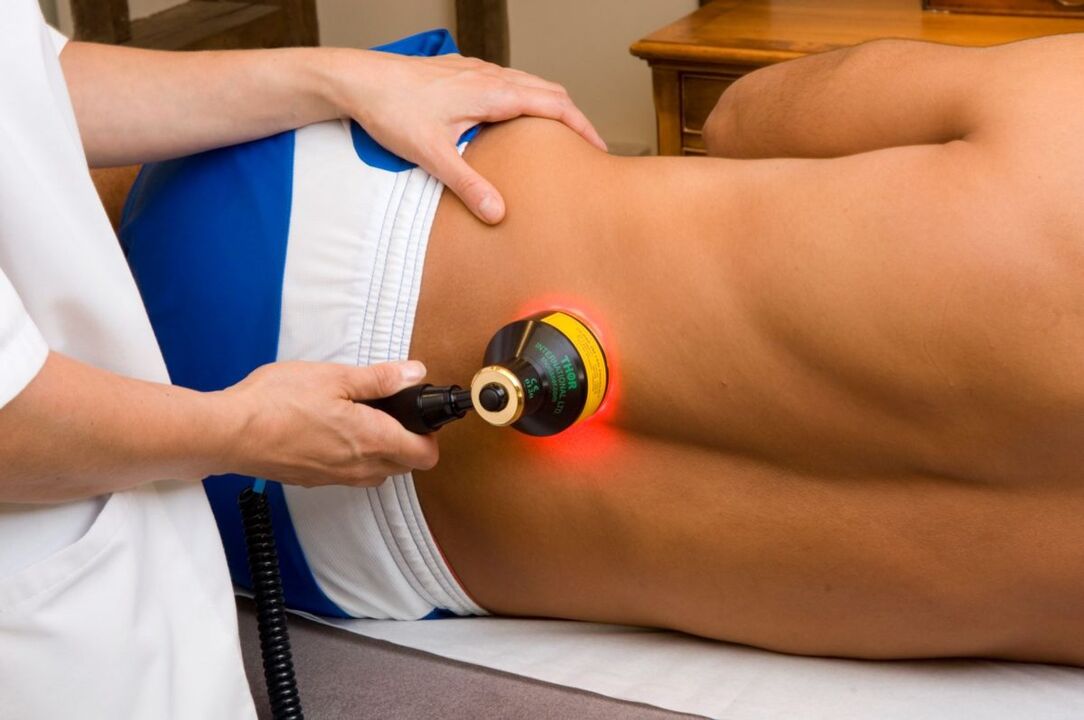
To successfully deal with lumbar spine, patients need complex treatments, including medication, physical therapy procedures, special gymnastics, massage, and the use of traditional medical recipes to enhance the impact of using traditional methods.
The priority that needs to be addressed by starting treatment of lumbar osteochondrosis is pain syndrome relief, as many treatments, such as physical therapy and exercise therapy, are not available during the period of increased disease.For this purpose, patients are prescribed painkillers and injections, as well as nonsteroidal anti-inflammatory drugs.It is the latter that is a major component of osteochondrosis medications – they not only deal with their symptoms, but also affect what causes their appearance.In the most difficult cases, glucocorticoids are used to fight the inflammatory process, which is often introduced directly into the deep tissues of the damaged area along with Novocaine or Lidocaine.
In addition, patients with osteochondrosis need to prepare drugs to eliminate muscle cramps - anticonvulsants and muscle relaxants, cartilage protectors that restore damaged cartilage tissue, and B vitamins that enhance the body's protective function and reduce inflammation.
After pain painting, physical therapy procedures are at the forefront of the treatment of osteocartilage.We are talking about using laser therapy, magnetic therapy, ultrasound, electrophoresis, acupuncture, mud bath, paraffin applications, etc., which effectively deal with discomfort and pain and repair the results obtained by taking medication.
The important position against osteochondrosis in the lumbar area is transferred through physical therapy practices - as performed regularly, a set of exercises designed specifically for this condition can significantly improve the patient's condition, allowing him to almost all of his movements to recover freely.Professional massage will help consolidate the success of muscle spasms perfectly.Nontraditional medicine that provides osteochondrosis plays a non-literary role in this issue, not only effectively combating the disease, but is safer than many synthetic drugs.
Why is lumbar bone and cartilage disease dangerous?
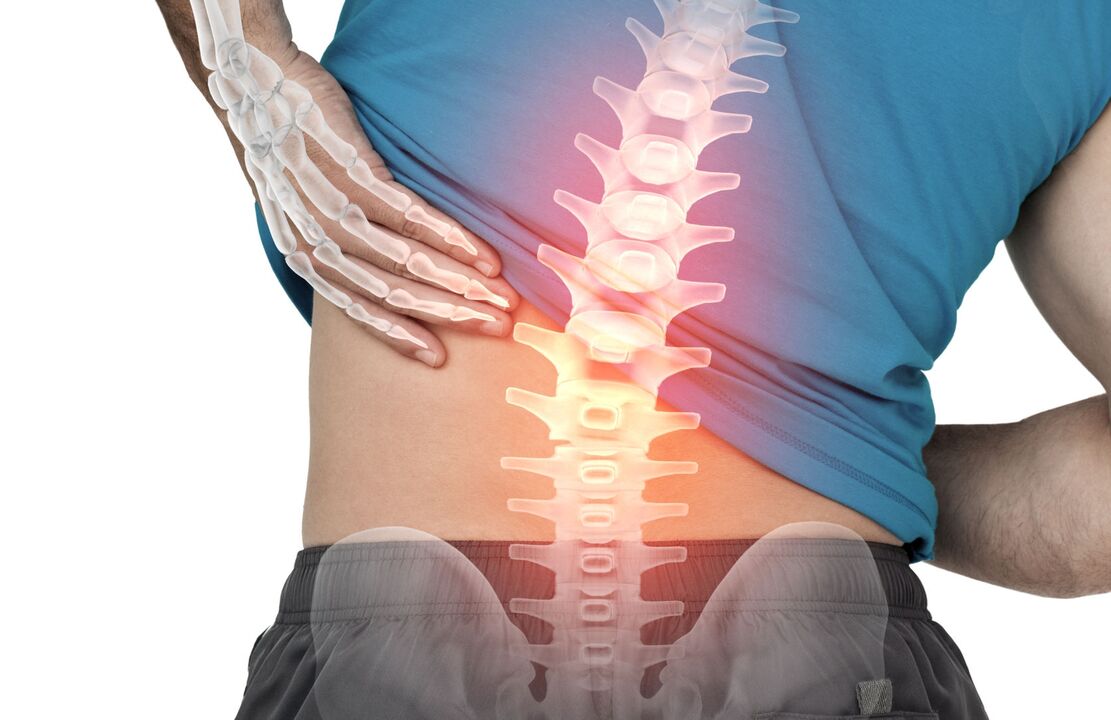
In addition to the intense pain, he often makes the patient's life of lumbar osteochondrosis really unbearable, a diagnosis of people limited by their ability to exercise and in the final stages of the disease, some of them may be completely lost.We are talking about paralysis of the lower limbs, which may develop due to compression of the spinal cord.In the most extreme cases, osteocartilage can also cause death if osteocartilage causes significant damage to the outer shell of the spinal cord.
However, even if the 4 stages are not reached, lumbar chondropathy seriously damages human health.Typically, it ends with the formation of a disc hernia, requiring prolonged and complex treatment, in some cases, as well as surgical intervention.In addition, squeezed blood vessels are characterized by osteochondrosis, which can lead to dangerous stagnation and violate the work of other internal organs.In patients with this diagnosis, the urogenital system is often suffering - lumbar osteochondral disease can cause problems in women's ovaries, uterus and appendages, as well as erectile dysfunction in men.
Obviously, it is very important to identify the symptoms of osteochondrosis in a timely manner, seek help and start its complex treatment.However, the preventive effect is equally important in this problem - with its help, you can reduce the risk of developing a disease and keeping your body healthy.We are talking about rules but moderate physical fatigue, a healthy lifestyle, a balanced diet, compliance with drinking systems and examinations from experts who can spot possible problems at the earliest stages.
It should be remembered that osteochondrosis in the waist area is a serious disease, which is extremely dangerous for health and its symptoms can be ignored.Only by identifying the disease in time and starting treatment can you slow down the pathological process and return the patient to achieve the usual lifestyle.Otherwise, the consequences may be the most pathetic, because of disability, patients will not be able to escape this disability.

























